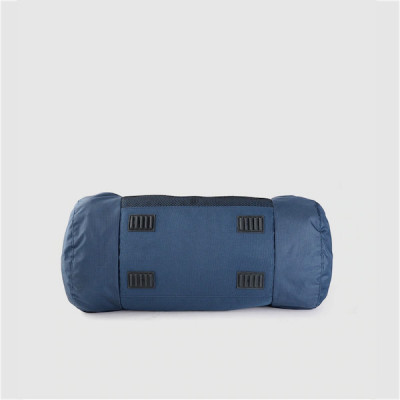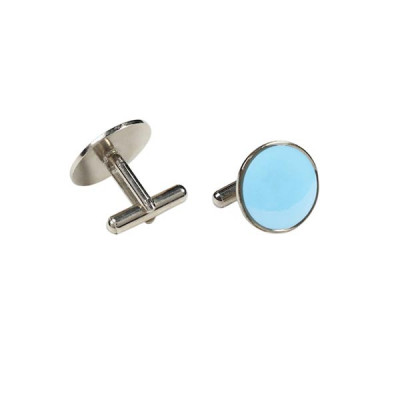Sustainability In Luxury
How Sustainability and Luxury Can Coexist: A New Era

In recent years, the intersection of luxury and sustainability has emerged as a pivotal conversation in the world of high-end fashion and accessories. Once thought to be mutually exclusive, luxury symbolizing excess and sustainability embodying restraint, the two are now converging in a new era of conscious luxury. Today’s discerning consumer no longer views these values as opposing forces but as essential components of a forward-thinking, refined, and responsible approach to style. But how exactly can sustainability and luxury coexist, and what does this mean for the future of fine craftsmanship?
The Rising Demand for Conscious Luxury
For decades, luxury has been defined by rarity, exclusivity, and opulence. The finest materials, the most skilled artisans, and the most intricate designs all came together to create products that were often viewed as indulgent or excessive. Yet, as awareness of environmental issues grows, so too does the desire for luxury that aligns with ethical values. Today’s consumers are increasingly demanding that the products they invest in are not only beautiful and well-crafted but also sustainable in their creation and lifecycle.
Sustainability in luxury is no longer a passing trend but rather a fundamental shift in how luxury brands operate. From the sourcing of materials to the manufacturing processes, brands are adopting more transparent and responsible practices. Whether it’s using eco-friendly leathers, repurposed metals, or renewable resources, the focus is on creating products that make minimal impact on the planet while maintaining the high standards that luxury demands.
Reimagining Luxury Materials
One of the key challenges in merging sustainability with luxury lies in the materials used to create high-end accessories. Traditional luxury materials, such as leather, precious metals, and fine silks, have long been associated with resource-intensive processes. However, the tides are changing, and today, there are innovative ways to source these materials without harming the environment.
For example, sustainable leather alternatives, such as plant-based or cruelty-free options, are gaining traction. These materials mimic the look and feel of traditional leather but are produced without the environmental cost associated with traditional leather tanning processes. In addition, recycled metals are being used in jewelry and accessories, offering a second life to precious materials that would otherwise be discarded.
At the same time, natural fabrics such as organic cotton, hemp, and silk are being introduced as alternatives to synthetic textiles, all while maintaining the elegance and durability expected from luxury goods. These materials not only reduce waste but also minimize the ecological footprint of the fashion and accessory industry.
Craftsmanship with Consciousness
The allure of luxury lies in its craftsmanship, the attention to detail, the skill of the artisans, and the time and care that go into creating each piece. Fortunately, the pursuit of sustainability does not mean compromising on the artistry that defines luxury. In fact, it often enhances it. Skilled artisans, who have honed their craft over years, are now incorporating sustainable practices into their work without sacrificing quality or design.
This might mean producing items in smaller, limited quantities to reduce overproduction and waste, or opting for timeless, versatile designs that stand the test of time, both in style and durability. The slow, deliberate pace of luxury production is naturally aligned with sustainable practices, which focus on quality over quantity and long-lasting value over disposable trends.
In many ways, the focus on sustainability has led to a resurgence of traditional craftsmanship, where products are made to last, rather than to be quickly discarded. This approach reflects a shift away from the “fast fashion” mentality toward one that prioritizes craftsmanship, longevity, and environmental responsibility.
Circularity and the Luxury Market
Another key aspect of integrating sustainability with luxury is the concept of circularity. In a traditional model, luxury items are made, purchased, and eventually discarded. However, as the world moves toward a more sustainable future, the idea of circular fashion is gaining traction. Circularity in the luxury market encourages the repair, upcycling, or recycling of luxury products, extending their lifecycle and reducing waste.
For example, the concept of “buying better, not more” is being embraced, where luxury consumers are encouraged to invest in high-quality, durable pieces that they can cherish for years, or even generations. Rather than discarding an old handbag or belt, these items are being refurbished, repaired, and passed down, making them not just accessories, but heirlooms.
Furthermore, luxury brands are exploring innovative ways to reuse and repurpose materials that would otherwise go to waste. From reclaiming vintage fabrics to reimagining outdated designs, the possibilities for creating something new from something old are endless. This circular approach not only ensures that products retain their value but also promotes a sustainable mindset within the industry.
A New Era of Responsible Luxury
As the luxury market adapts to the increasing demand for sustainability, it is clear that the two values, luxury and sustainability, are no longer mutually exclusive. In fact, they are complementing each other in exciting and innovative ways, forging a new era where high-end accessories are crafted with both elegance and responsibility.
Consumers now expect more from luxury brands than just exquisite design, they demand a commitment to the planet, to ethical practices, and to transparency in how products are made. For luxury to remain relevant in today’s world, it must evolve, and it is this very evolution that will define the future of luxury fashion. By embracing sustainability, luxury brands can create products that are not only beautiful but also kind to the planet, offering timeless pieces that are cherished for years to come, both for their aesthetic value and their ethical integrity.
The harmony between sustainability and luxury is no longer a distant dream but a thriving reality. It is a new era, one where luxury does not only enrich the lives of those who own it, but also respects and nurtures the world around it.






